Ashy-headed Goose
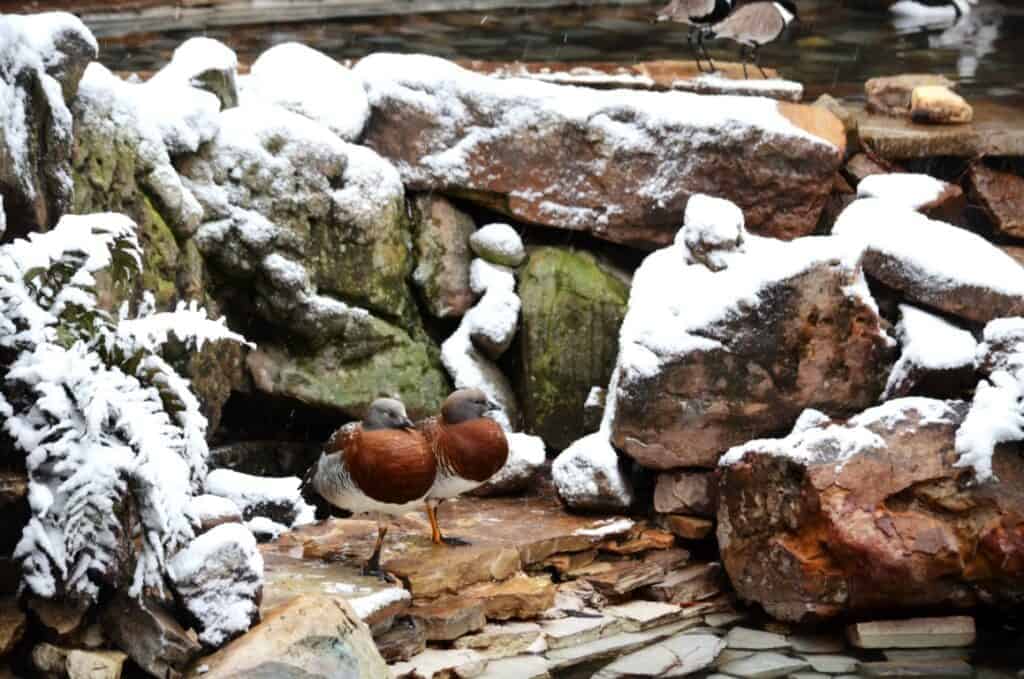
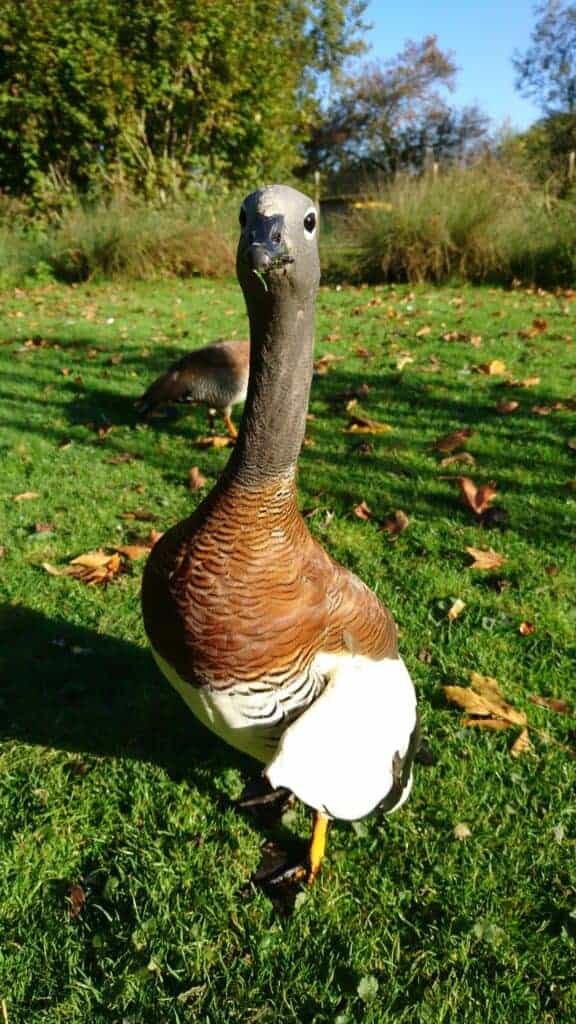
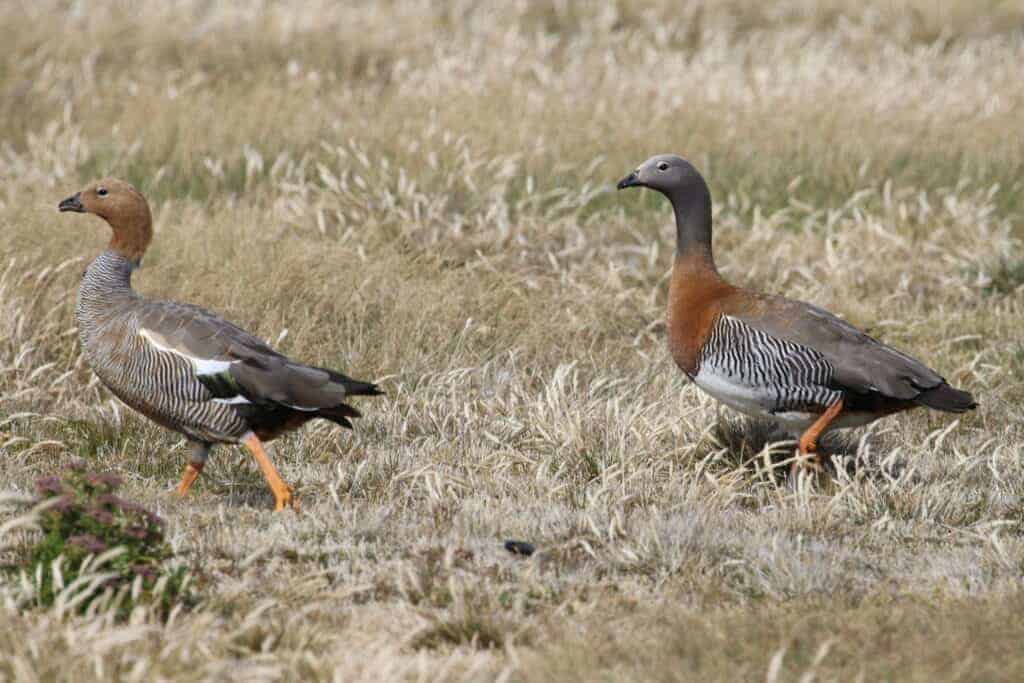
Chloephaga poliocephala
The attractive Ashy-headed Goose, a small sheldgoose, is confined to Chile and southern Argentina. It is a partial migrant, with birds moving north during the austral winter. It is a rare visitor to the Falkland Islands, where it has bred. In summer it favours swampy ground, often in wooded landscapes, but in winter it moves to open grasslands, where pairs and families may join together to create small flocks. It swims rarely, except when accompanying its young or during the annual moult.
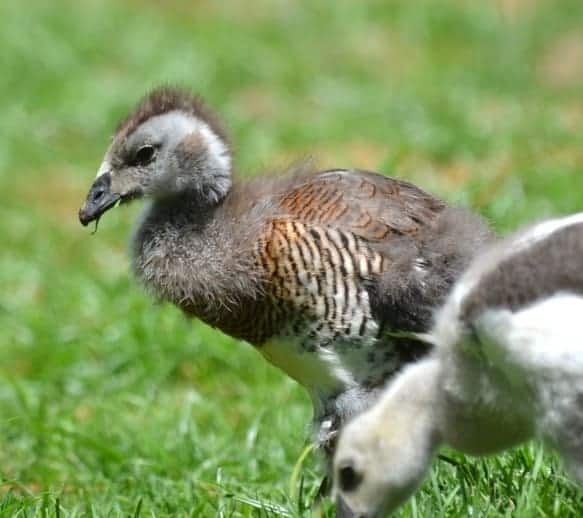
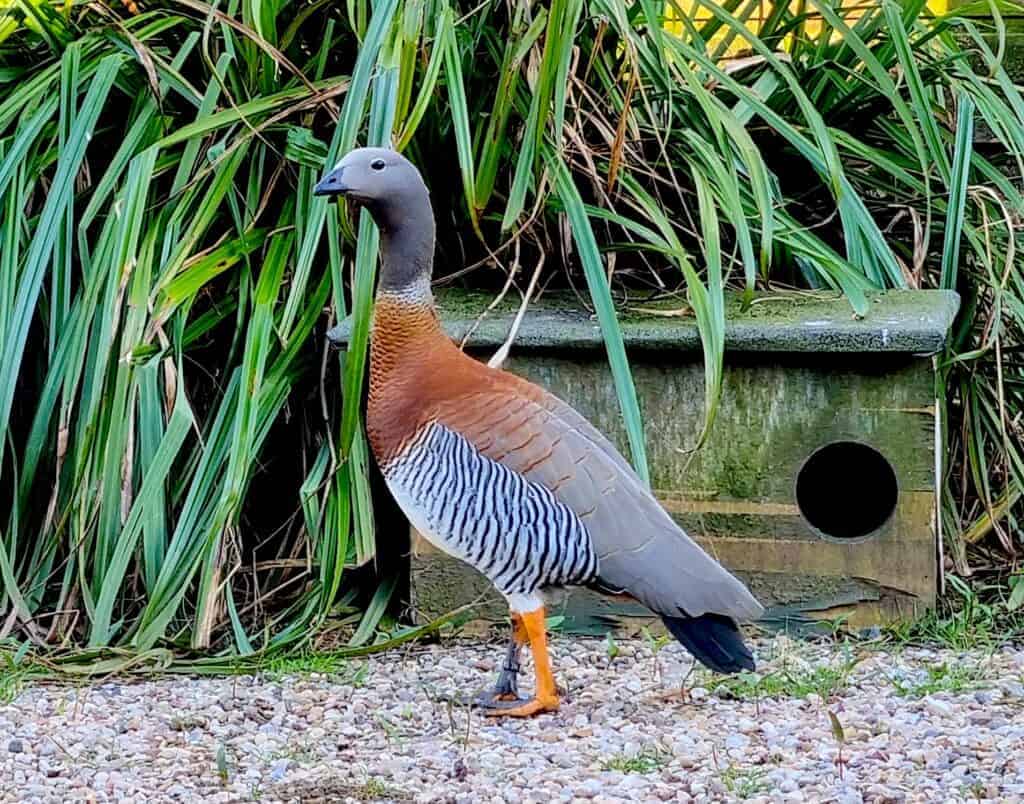
Unlike the closely related Kelp Goose and Upland Goose, both sexes have similar plumage. These geese have a long history of persecution, for they are regarded as competitors with sheep for grass, and they will also graze fields of winter wheat. Though classified as a species of least concern, little is known about the size of the overall population.
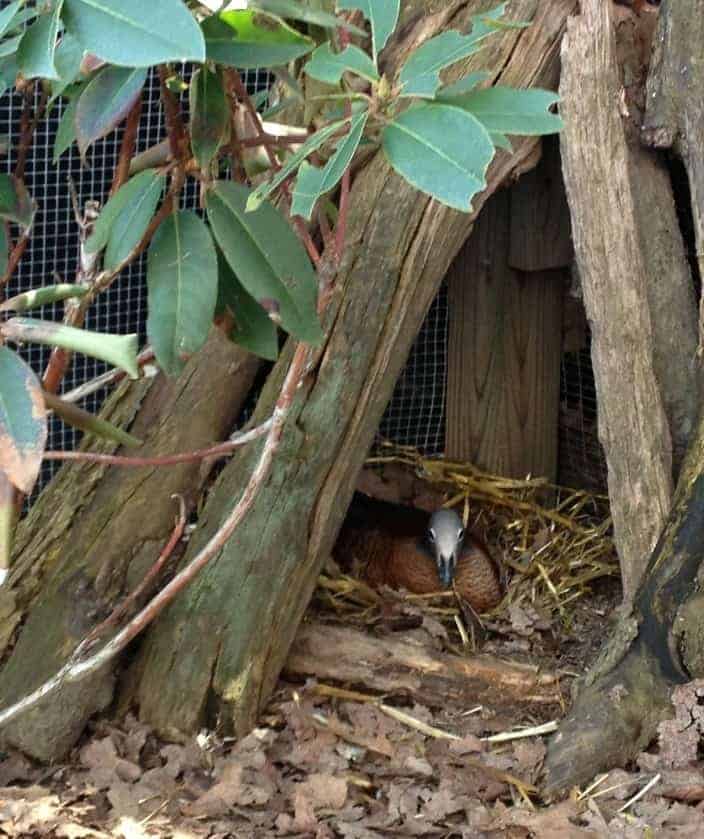
Ashy-headed Geese form long-term pair bonds. The clutch of the 5-7 eggs is usually well hidden in tussock grass or even in trees; incubation is by the female alone and takes 30 days. These geese have long been popular in collections.